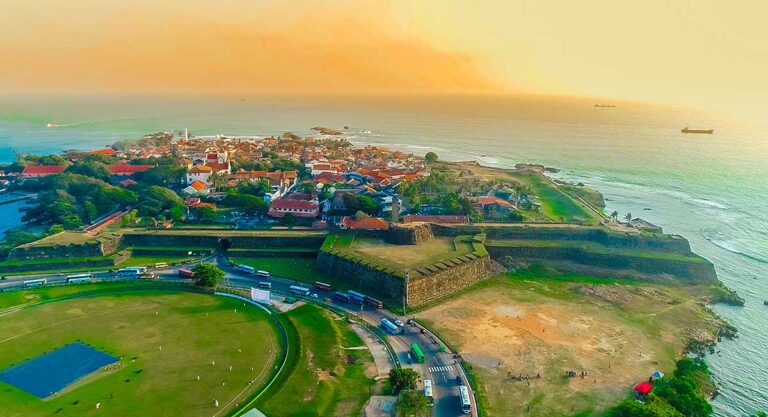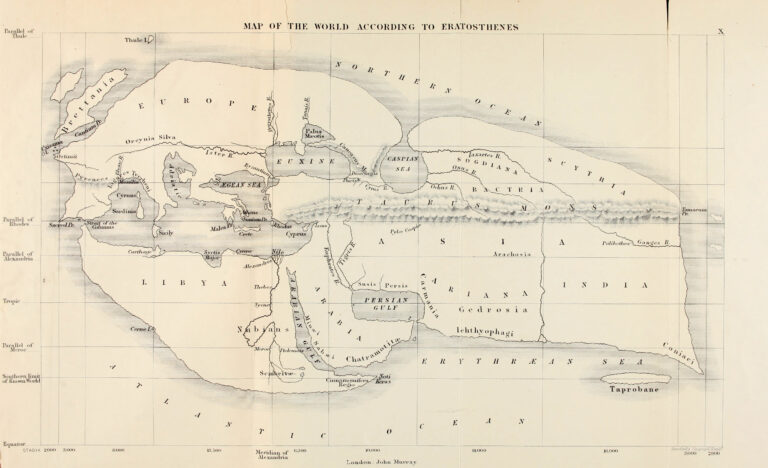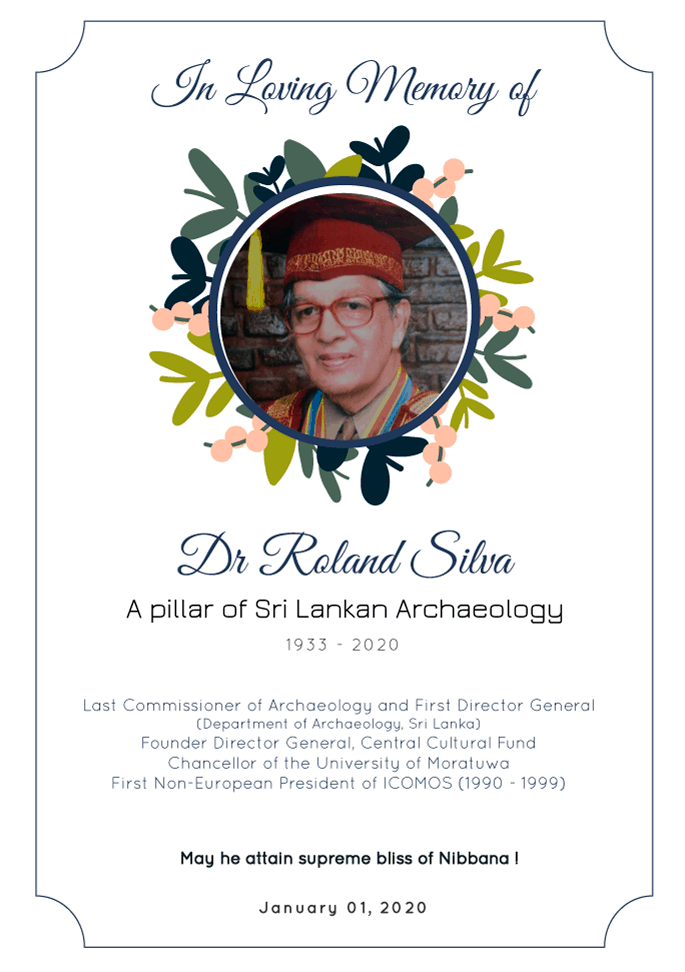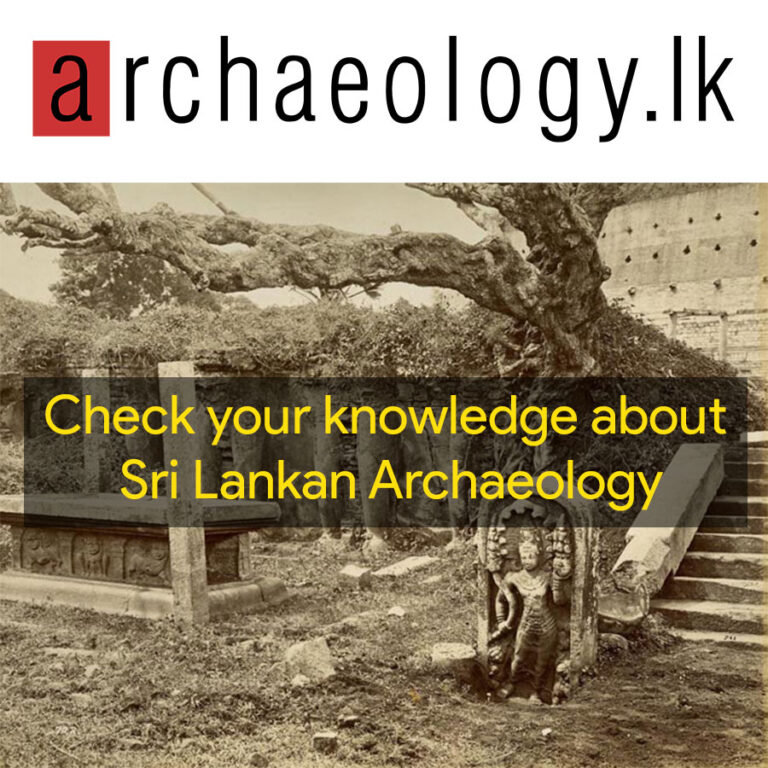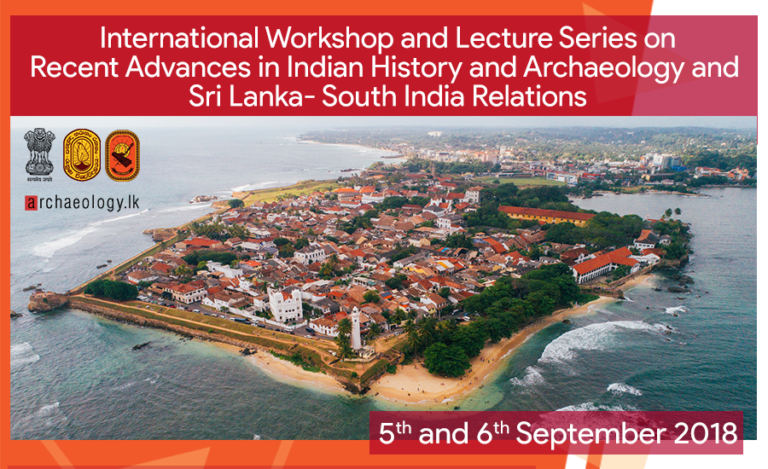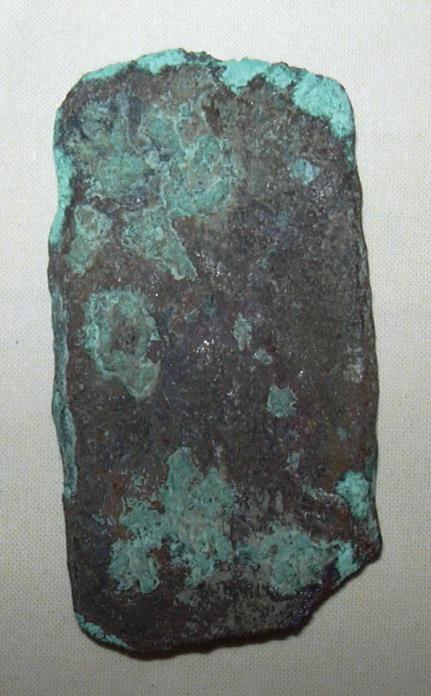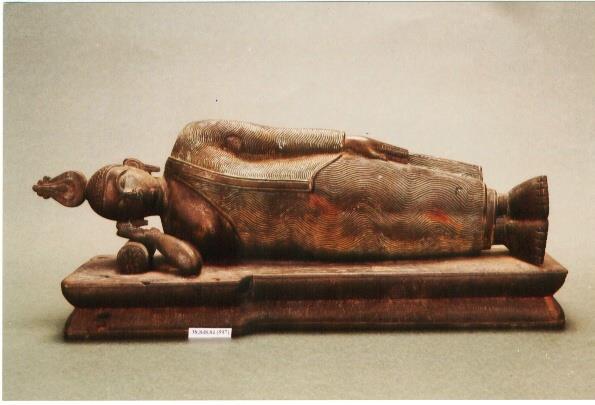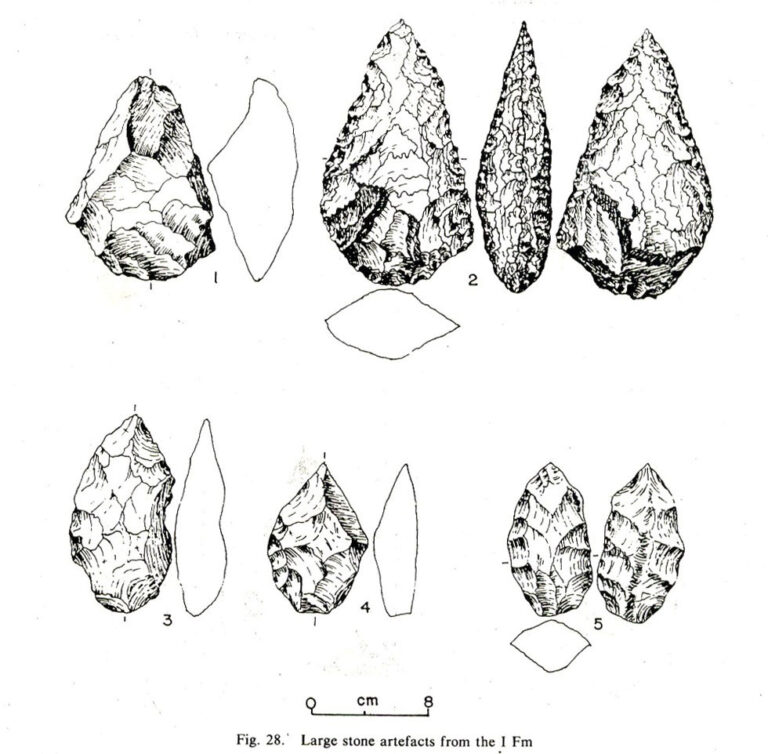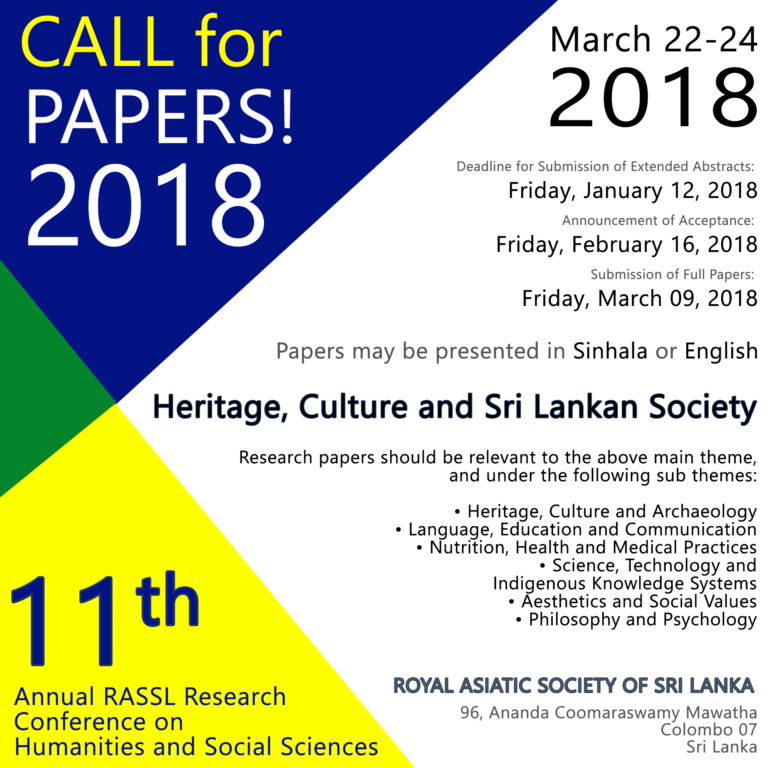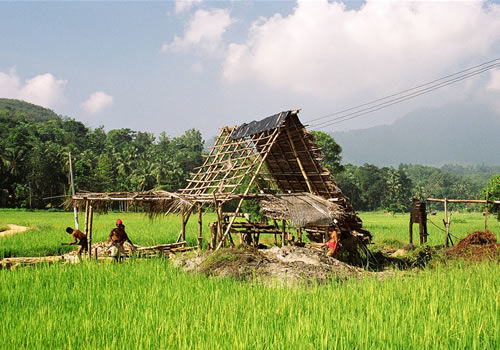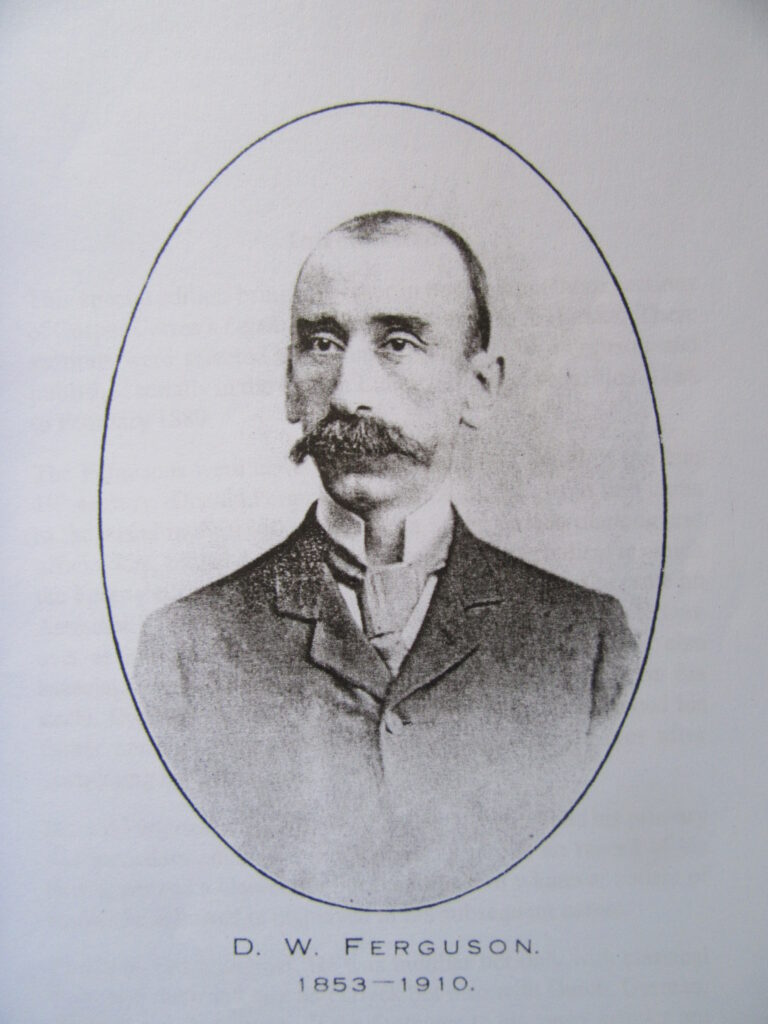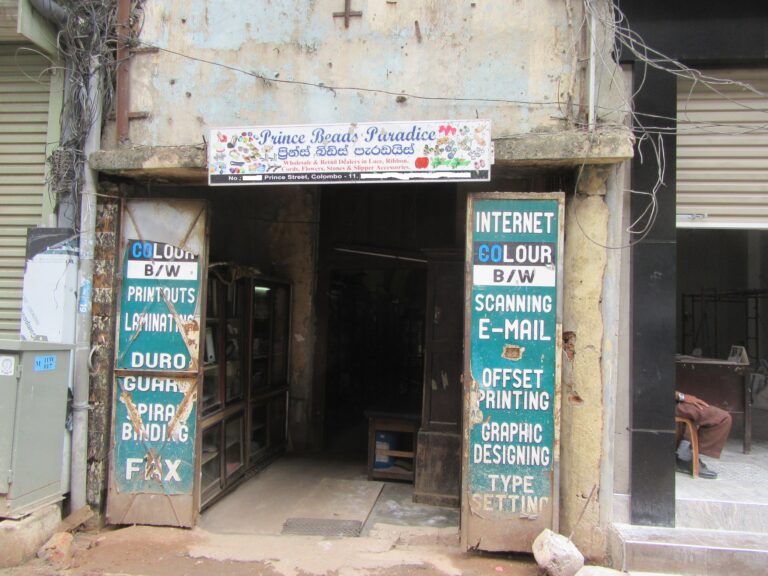
Subscribe to our mailing list
Subscribe to archaeology.lk mailing list to get the latest news, events, Dinithi and other e-magazines etc.. related to Sri Lanka Archaeology.
We will not publish, share, or sell your email address in any way. We hate spam just as much as you do and will not spam your email.
Latest articles
The first evidence of Prehistoric seafarers of South Asia was found on Velanai Island in Jaffna.
Archaeologists have discovered 3,400-year-old prehistoric human remains in a shell midden on Jaffna Velanai Island. This significant find marks the first confirmed prehistoric human remains in the Jaffna Peninsula. The archaeological site containing these remains is situated approximately one kilometer south of Velanai Island's popular tourist beach.
Records of Ivory craftsmanship in Ancient Sri Lanka
Ivory craftsmanship
Sri Lanka has a rich history regarding many...
LiDAR and its potential for Archaeology in Sri Lanka
LiDAR’s use in archaeology has two applications. One is the scanning of a single monument to create a digital representation of it. This can be used for a variety of applications, such as for virtual reality, digital preservation of threatened heritage, and mapping for conservation and restoration.
Popular articles
Sri Lanka Maritime Archaeological Unit – Report on the Avondster Project 2001 – 2002
INTRODUCTION
http://www.panonbelievers.org
Sri Lanka is strategically located between Arabia and East...
Archaeological Milestones in Sri Lanka: Part 02
This article series would sum up some of the most important events in the journey of Sri Lankan Archaeology, milestones which changed the way we think of the past, the way we know the past and the way we see and protect the past. Milestones in Sri Lanka archaeology would include important discoveries to institutional and policy establishments, which, has helped the field to progress to the present and helped expand our understanding of the past.
Reading of the contemporary social consciousness through the shipwreck Earl of Shaftsbury*
The shipwreck Earl of Shaftsbury is buried on the southern coast of Sri Lanka very close to a frequented tourist destination. It was run aground hitting on a rock at Akurala about three miles away from the shore. In 1893 when sailing from Bombay to Diamond Island the ship sailed past Rangoon through Colombo harbour after unloading charcoal.
© 2009 - 2022 archaeology.lk. All Rights Reserved.


